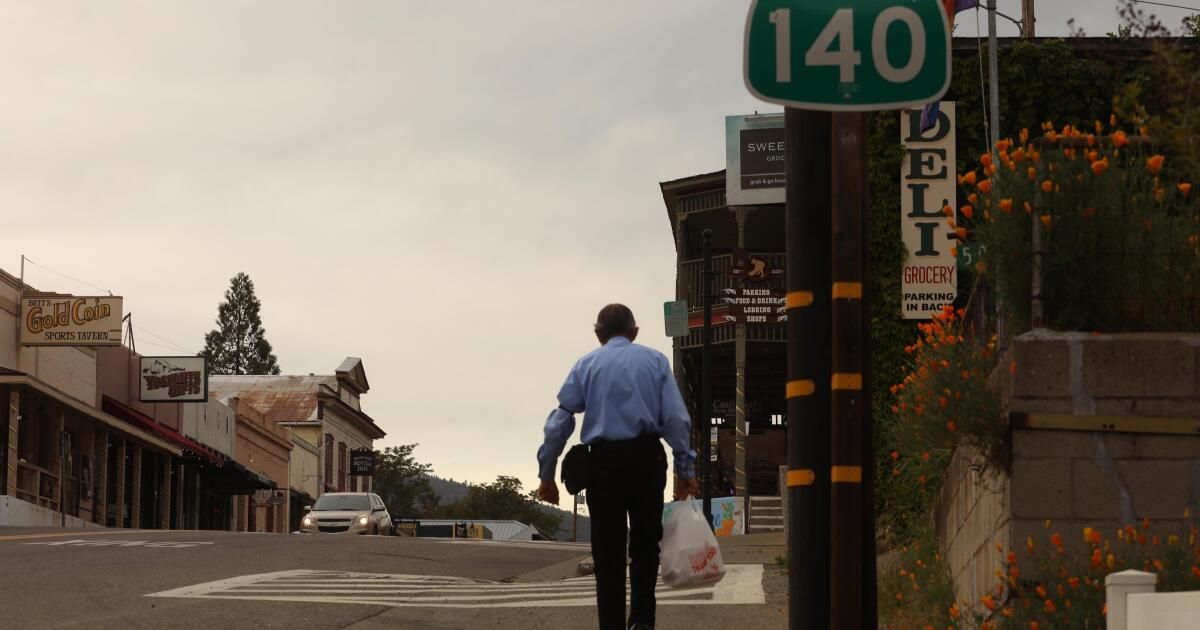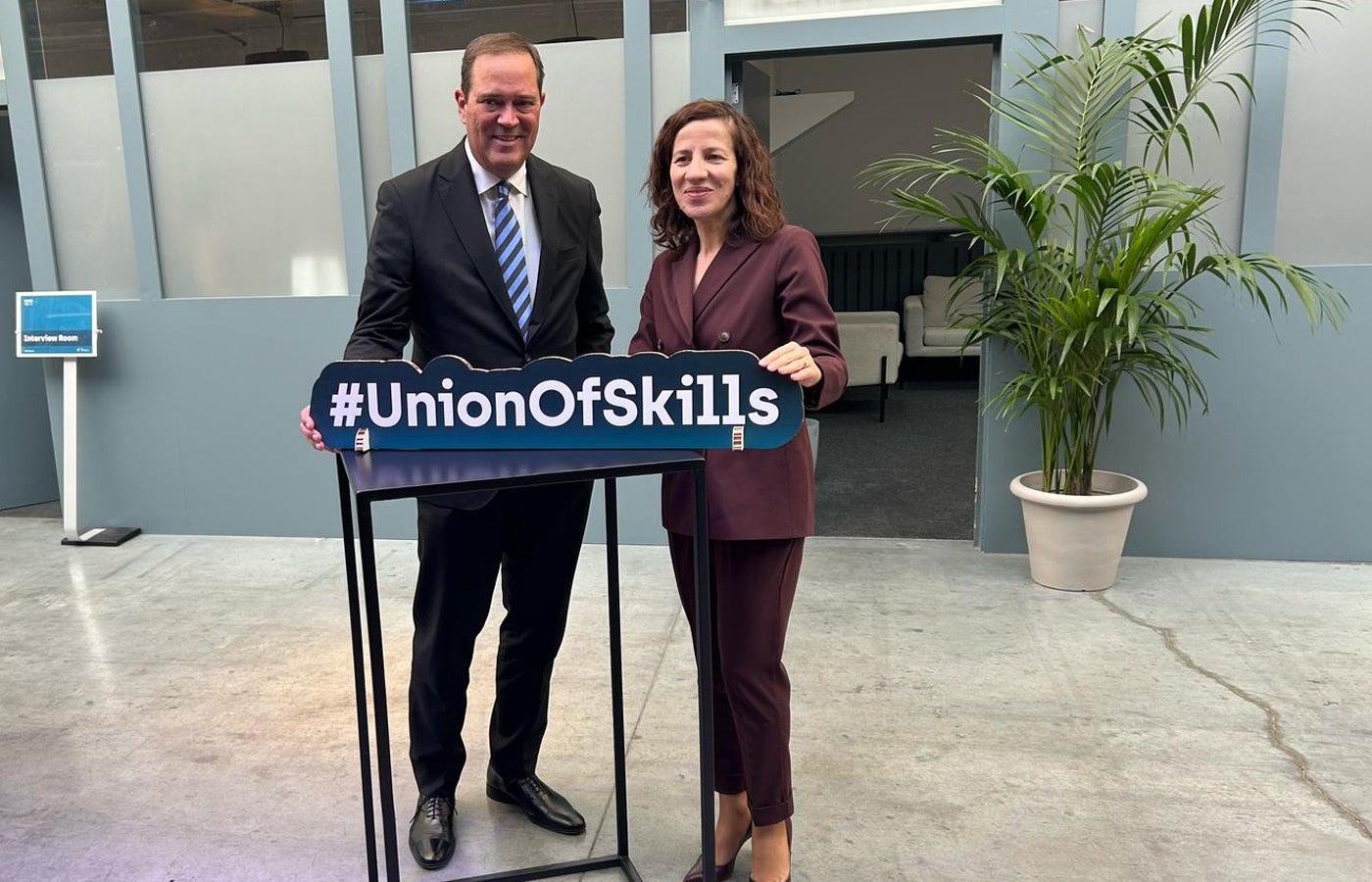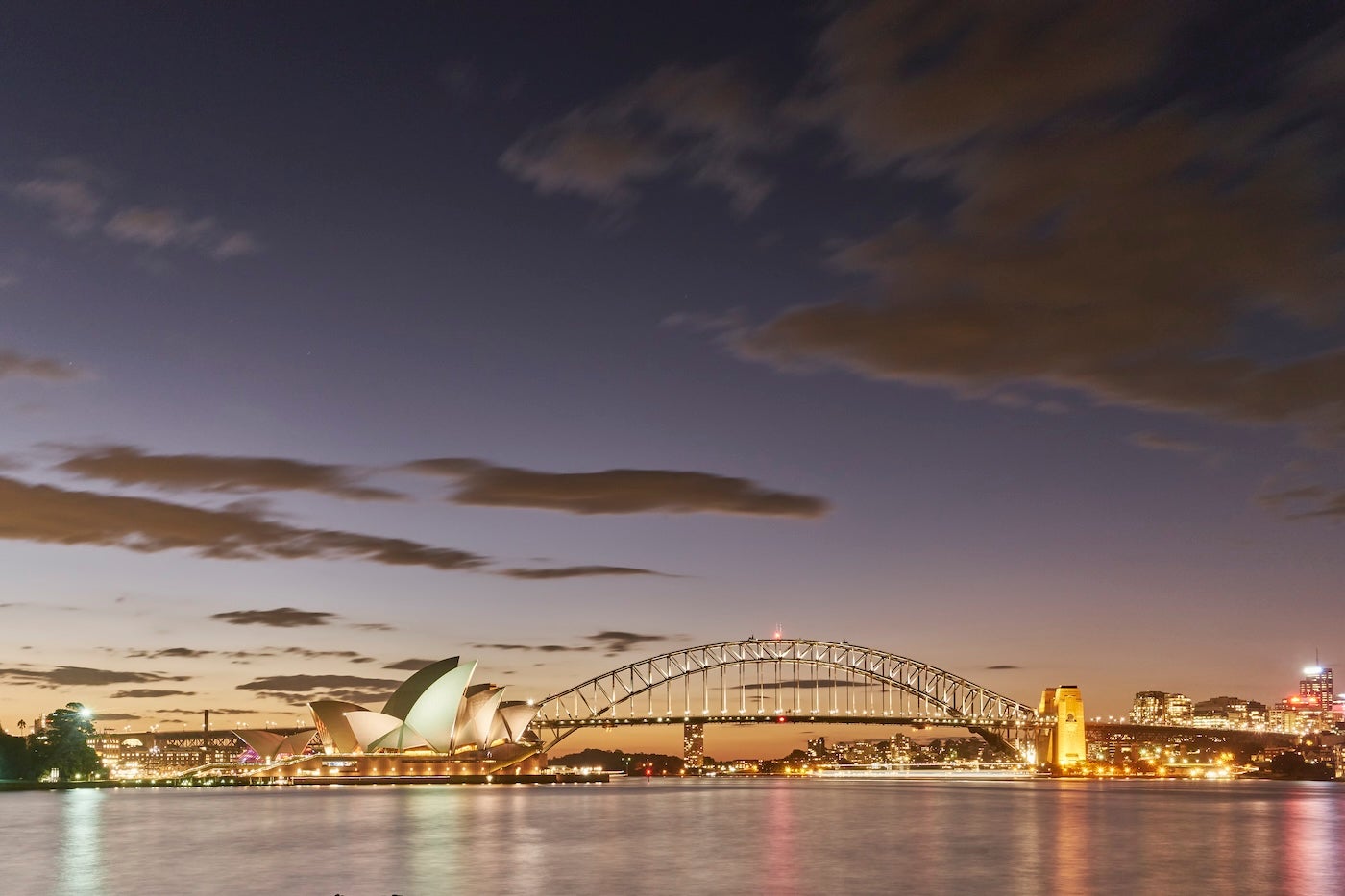In the late 1990s, my family got a tenant in the basement: my grandmother. After years of growing old alone in Los Angeles, she came north to join us in Petaluma. My mother moved her sewing machines out of the downstairs space she used as an art studio and moved them into her mother's fiery hair.
About a year later, my grandmother (with her characteristic mockery as strong as ever, my mother's patience less so) moved into her own house. Housing options for seniors in California were scarce then, as they are now. For those who had little to fall back on, like retired public school teachers (my grandmother taught art), it was particularly difficult. Lacking the savings from a home that had skyrocketed in value, or much savings, she ended up in that often-mocked American community: a trailer park.
Leisure Lake Mobile Home Park was my grandmother's last home before she entered a care facility. She died in 2006, but lately I've been thinking about her final years and the ways we can age.
The park was, and still appears to be, a labyrinth of narrow paths with beautiful trailer-lined landscapes and a fake lake running through the middle. His neighbors were pleasant, or at least reserved.
What sticks with me is the suburban island location. On one side ran the highway leaving the city and on the other a high-speed rural road. The hum of the cars was a low, constant vibration, the pollution a nebulous scourge. The other sides gave way to a driving range, a seasonal pumpkin patch and a corn maze.
You couldn't walk safely to or from the park. The two-lane rural highway that provided an exit was favored by diesel pickup trucks and tractor-trailers. Walking past it would have been a terrifying sensory assault…if there was a walkway. But there was no sidewalk or dirt road, just a narrow shoulder that ended in a ditch.
In short, if you didn't know how to drive, you were trapped. In my uncharitable moments, I wondered if that was the point: to put your parents here without a car. They will not escape.
I left the Bay Area in 2019. Walking my dog at my current home in Barcelona, Spain, I often remember my grandmother. A few blocks from me is the Residència Pare Batllori, a nursing home. One recent morning, two elderly men sitting out front came over to pet my dog. Good day, we said to each other. I turned the corner, passed the popular Teatre Apolo nightclub and concert hall, and looked out the ground-floor windows of the Residència Colisée Paral·lel, an assisted care center. Through the glass I saw some older women chatting in the recreation room.
The park next door has bocce courts and a Saturday farmers market. A few blocks away is one of the city's outdoor jewels, Montjuic Park, which still preserves facilities from the 1980 Olympic Games. A couple of blocks away there is a gym, a bakery, a yoga studio and several supermarkets. There is a subway entrance just steps from the door of a residence. Locals here not only have the basics within walking distance; They can also go clubbing.
Debates about density in the United States tend to focus on issues like the climate emergency and the housing crisis—critical issues, of course. However, now I see that those discussions also revolve around how we want to age. We are discussing whether our future selves will be able to live as part of society and what it will take for families to visit grandparents, parents and others.
There are walkable communities for seniors in the United States and challenges for aging in Barcelona; Too often money determines your comfort level. But my neighborhood reminds me daily that the options we give our elders are a choice. We can build so that they grow old near us and walk our streets. We're simply going to need enough housing to achieve it: more apartments, more density, more people in less space. Especially in California, we must rethink our single-family mandates, zoning restrictions, and tendency to build, not grow, all of which encourage isolation.
For about a year in my teens, I spent most Saturday mornings driving my grandmother around town in her '80s Toyota Celica, after her eyesight became too poor to drive. We went to Trader Joe's to buy port and eggnog, whenever they had it (I drank it all year round), to the library to buy movies and audiobooks (never Hemingway: “I can't stand that man”), to the drugstore to buy dye (to keep your hair on fire).
She dressed beautifully for every outing: lipstick, blush, silk blouse. It was clear that she was looking forward to it all week. It was probably partly due to spending time with me. But it was also about leaving the island.
My dream is that when I am his age, live in the United States again and no longer drive, we will have fewer islands. I don't want to be abandoned and I hope to continue dancing.
Michael Kavate writes the newsletter Fresher futures and it is a senior reporter with Interior Philanthropy.












